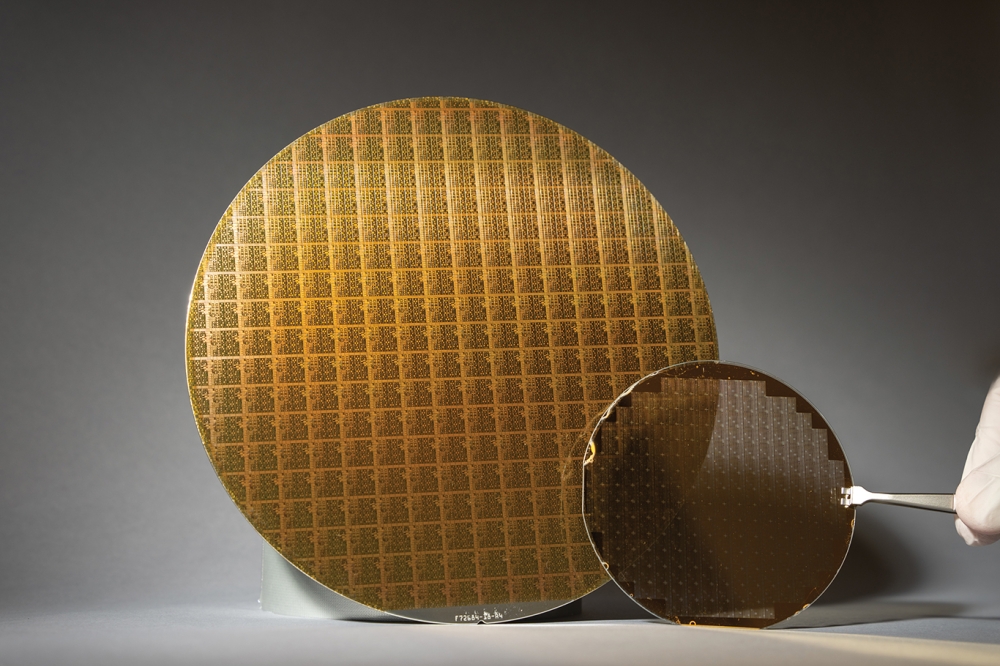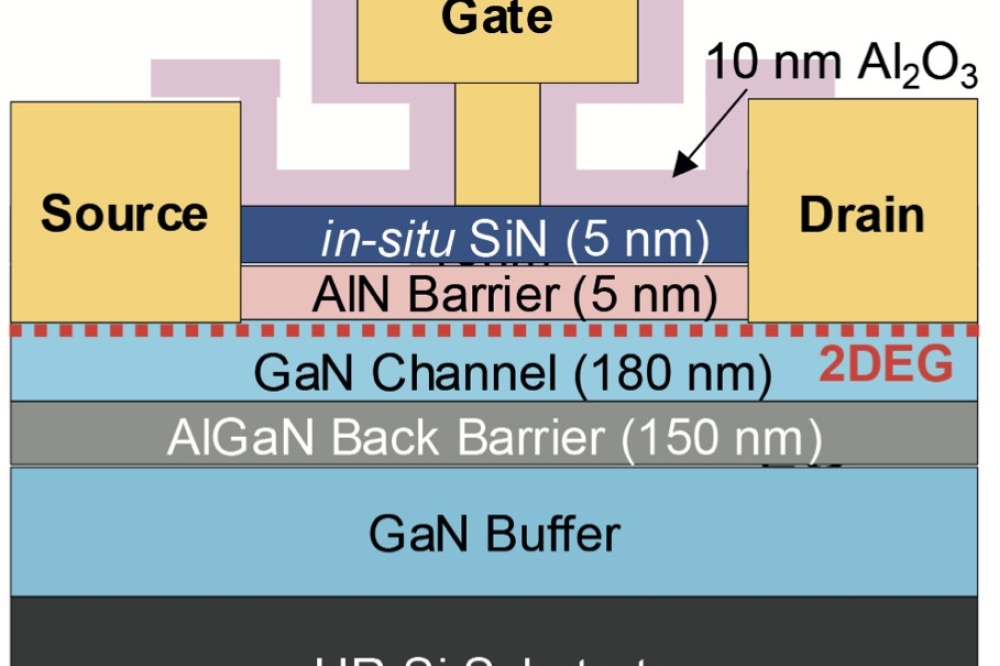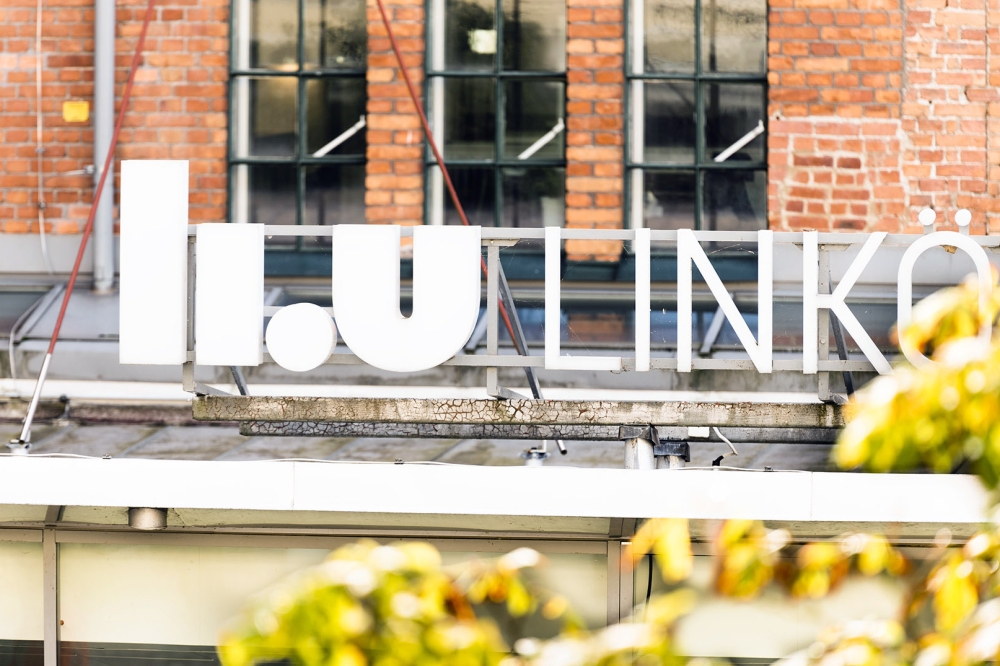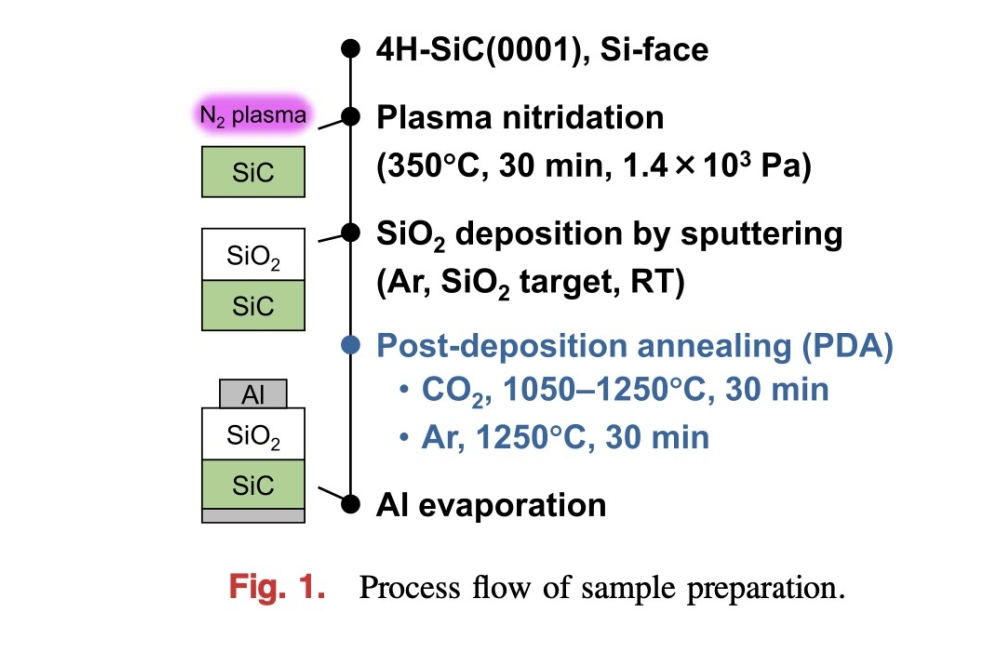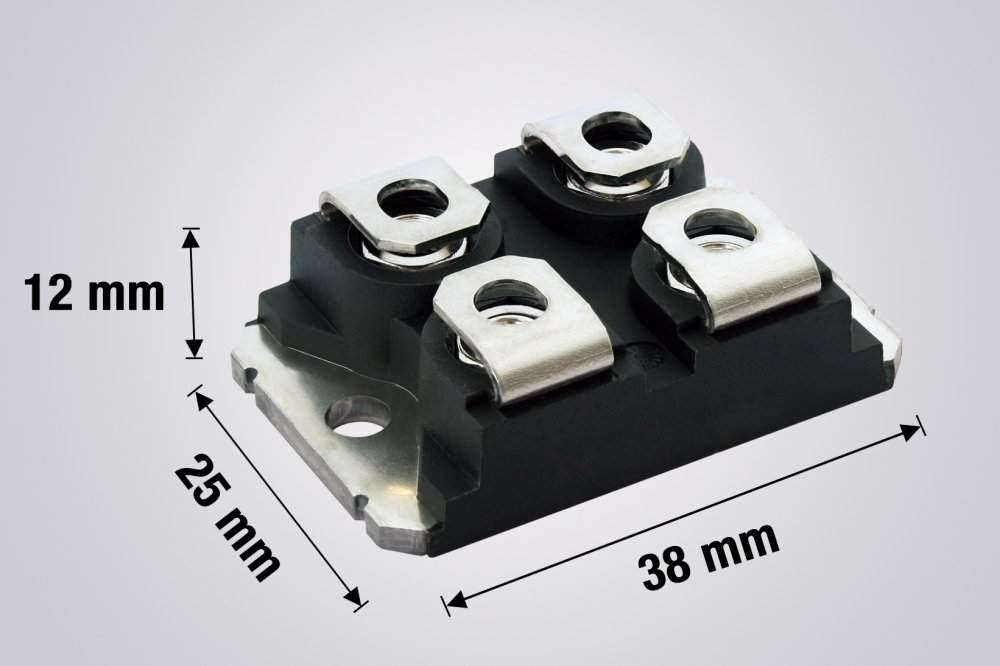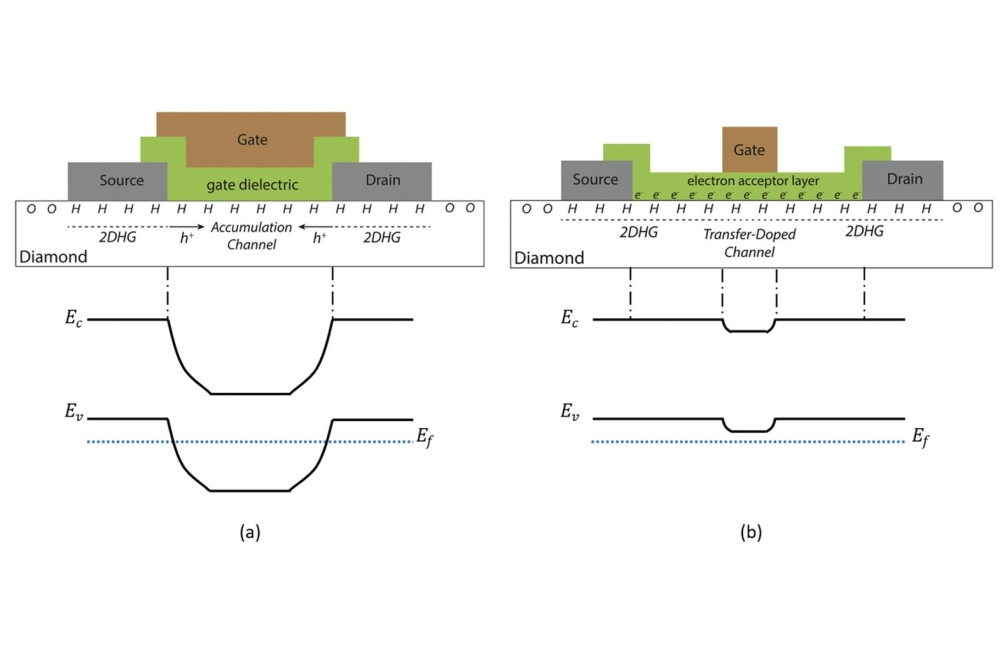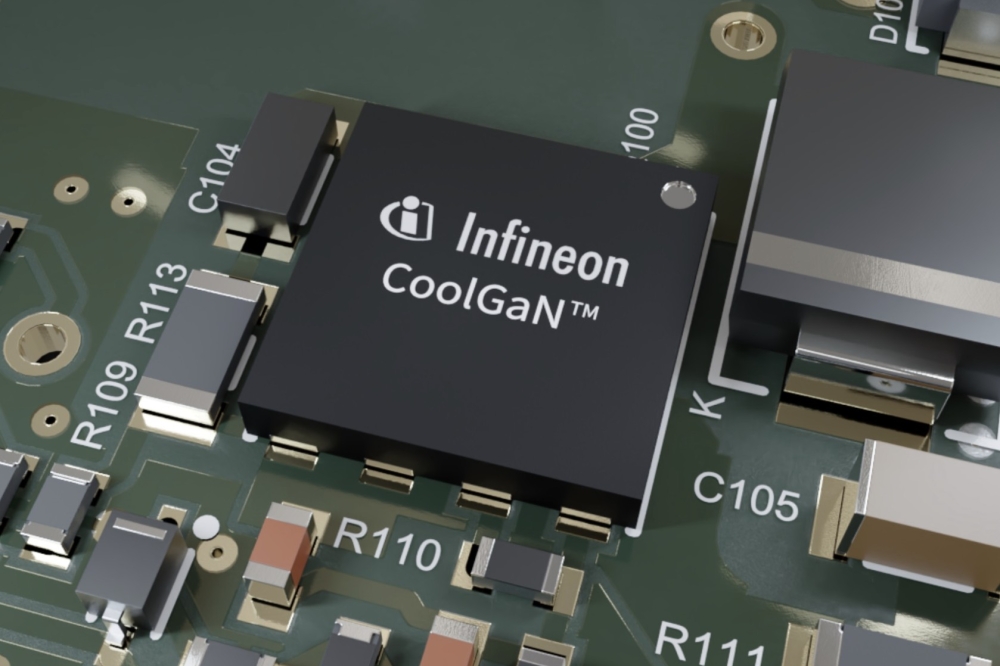Solliance paves way to upscaling Perovskite PV modules

Holst Centre, imec and ECN partnership realises 10 percent efficiency on an aperture area of 168 cm2
Solliance, a partnership of R&D organisations working in thin-film photovoltaic solar energy (PV) in the ELAT region (Eindhoven-Leuven-Aachen) has demonstrated a record 10 percent aperture area power conversion efficiency for its up-scaled thin-film perovskite photovoltaic modules. The efficiency was measured on an aperture area of 168 cm2.
25 cells were serial connected through an optimised P1, P2, P3 interconnection technology. The PV module was realised on a 6x6 inch2 glass substrate using industrial scale-able slot die coating in combination with laser patterning. Furthermore, the PV module was packaged by applying a flexible barrier using a lamination process.
This result could be realised due to the intensive collaboration within Solliance. Based on previous optimisation on 16 cm2 modules, the Solliance team was able to quickly transfer this to a 6x6 inch2 sized glass substrate using the developed blade coating process and the optimised mechanical patterning technology. In this case a 156 cm2 aperture area module with 10 percent efficiency was realised comprising of 24 interconnected cells.
This was then used as starting point for the realisation of above mentioned 168 cm2 PV module. These results demonstrate the up-scalability of this new thin film PV technology. Apart from the electrodes currently used, all layers can be processed in ambient environment and at temperatures below 120degC. This shows the low production cost potential of this new emerging thin film PV technology.
Further, the deposition and interconnection technologies used for obtaining these results are industrially available for Sheet-to-Sheet as well as for Roll-to-Roll manufacturing. The latter allows for creating high volume production in the future. The current world record efficiency of a small lab scale perovskite based PV cell is 22.1 percent.
"The challenge is to upscale perovskite cells to larger size industrially process-able modules with high efficiency and long lifetimes at low cost. The current result, presented on an aperture area comparable to standard commercial silicon solar cells, shows that Solliance, with its in depth know how on processing of organic PV and CIGS and its vast Sheet-to-Sheet and Roll-to-Roll pilot production infrastructure, is excellently placed to realise this upscaling. These 10 percent up-scaled perovskite based PV modules are first and important steps in this development, " explained Ronn Andriessen, program manager of the perovskite based PV program at Solliance.
"We are confident to boost quickly the up-scaled Perovskite based PV module efficiency further above 15 percent by using very low cost materials and processes. But besides demonstrating the up-scalability of these highly efficient Perovskite based PV devices, we are also currently working hard to stabilise further the performance of these devices under real life operational conditions", he added.
Solliance is conducting advanced research on the development of Perovskite based PV modules and its applications with its industrial partners Nano-C, Solartek, DyeSol and Panasonic. With this result the Solliance R&D partners and their industrial partners demonstrate the strength of their research framework for the development of industrial Perovskite based PV modules.
Solliance partners are: ECN, imec, TNO, Holst Centre, TU/e, Forschungszentrum Juelich , University Hasselt and Delft University of Technology. Solliance is supported by the Dutch province of North Brabant, which has dedicated € 28 million to Solliance. On June 12, 2014 Solliance opened a new large shared laboratory at the High Tech Campus in Eindhoven with pre-pilot production facilities, complementing the partner's labs which are also available to the other partners.

